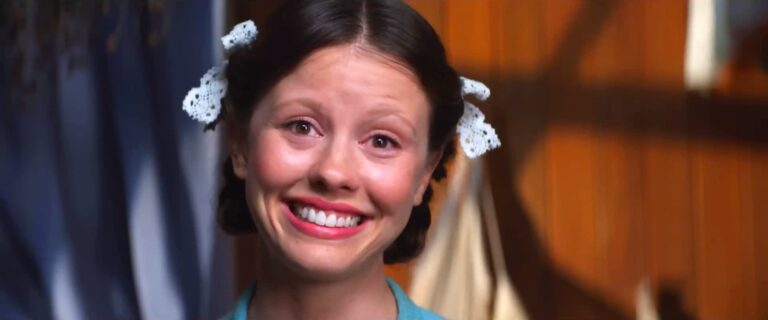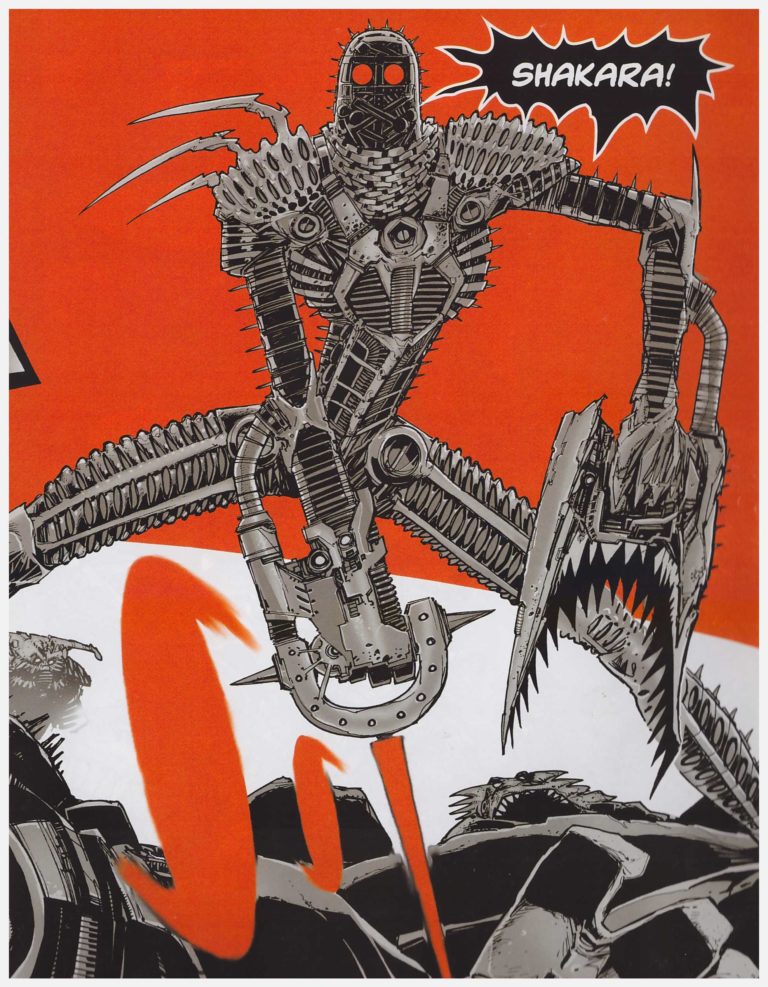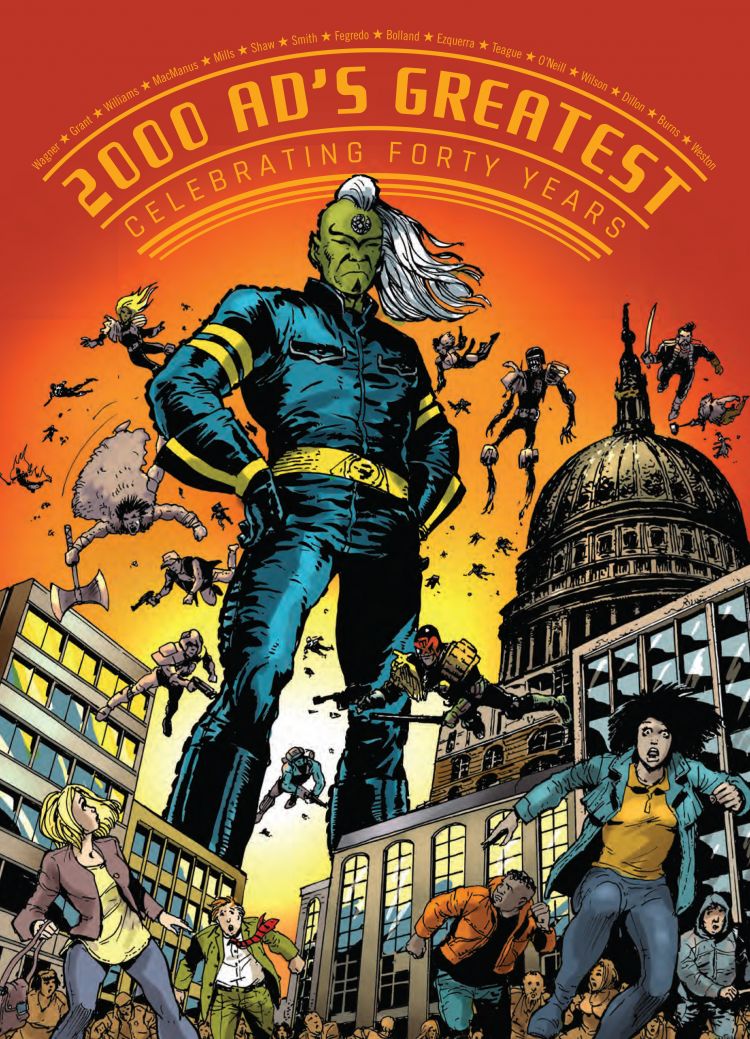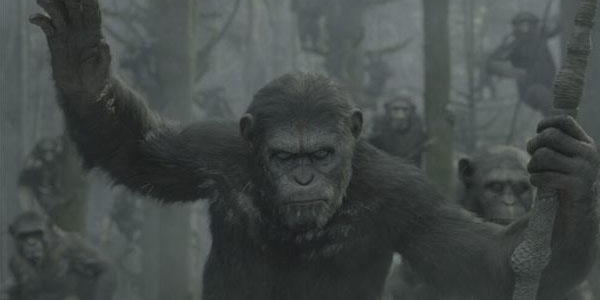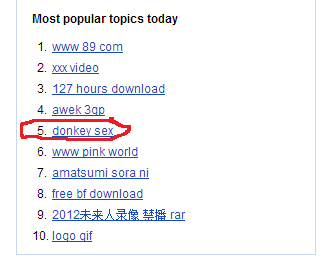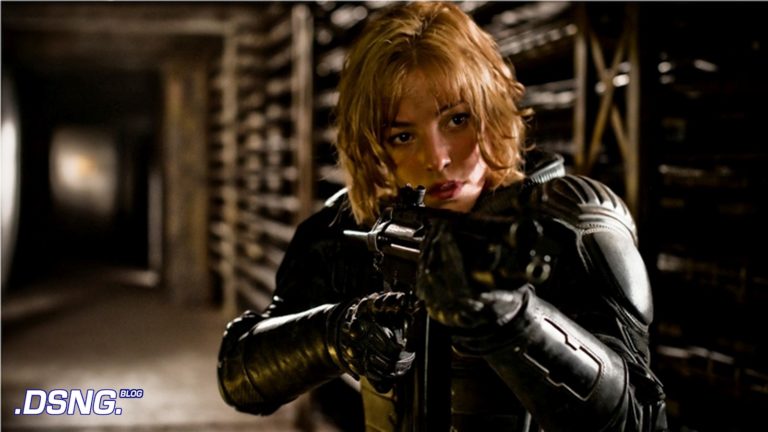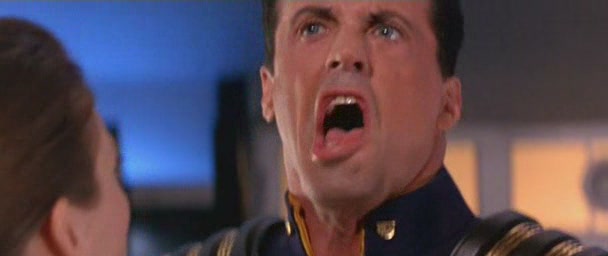50. Indiana Jones and the Last Crusade (1989) The Last Crusade used to be my favourite Indiana...
judge dredd
Welcome back to the 2000AD Humble Bundle round-up! I’ve finally gotten a chance to sink my teeth...
I like checking in on the Humble Bundle store every once in a while, sometimes there are...
Hello fine readers, thanks for coming back for the weekly update! I was going to write on...
Hey, it’s been a while since I did a non-movie related post so I figured it was...
When I reviewed Judge Dredd, I promised that a comparison-review would be coming in regards to its...
One of my favourite movies of 2012 is the criminally under-performing, modern-cult-classic, Dredd (which I will review...
